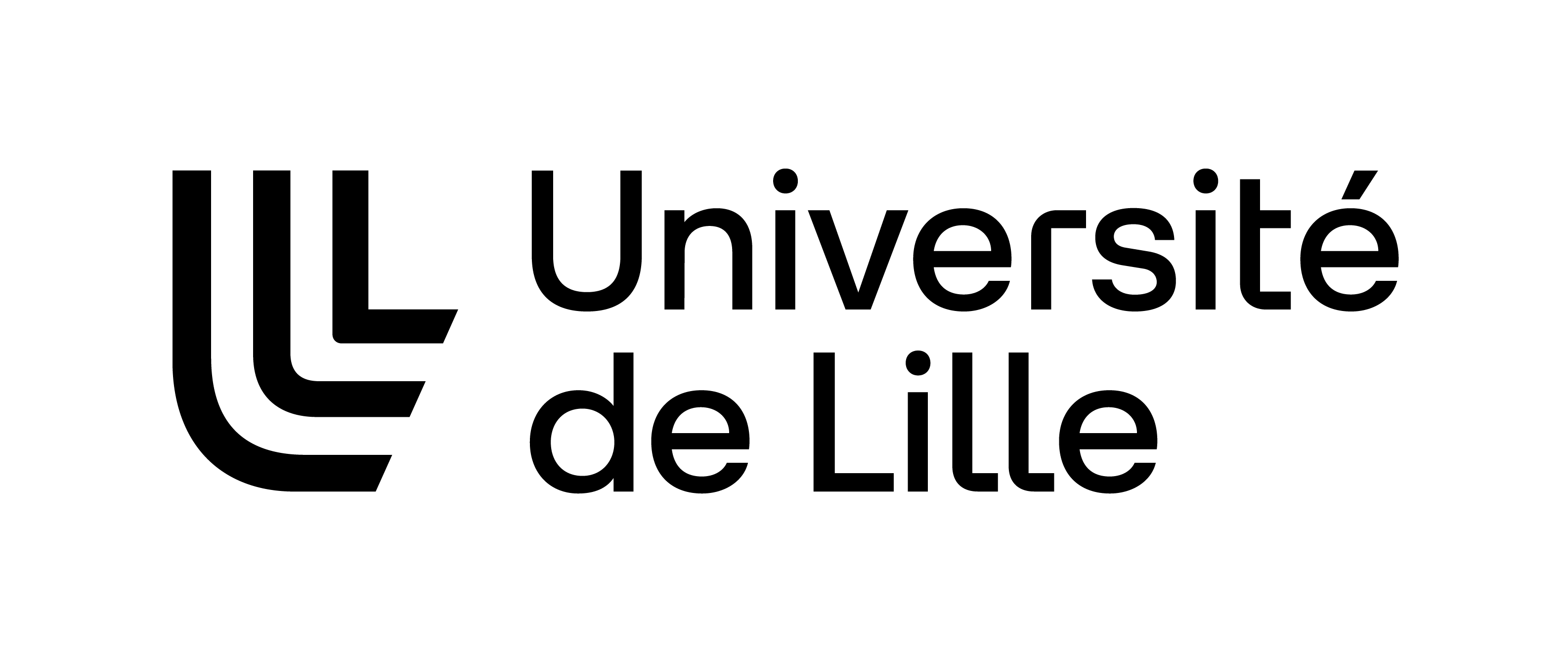
Zaldapa (Bulgaria)
A Large Roman Fortress and its Territory during Late Antiquity
A large Later Roman fortress, Zaldapa (Krushari, Bulgaria) is little known to the general public. Abandoned in the 7th century AD, without ever being reoccupied, the site has exceptional potential, which prompted the creation of an international archaeological mission, which began its work in 2018. This Web GIS model is structured around the results obtained so far. It allows field data to be presented in an interactive mode and, in particular, the results of LiDAR acquisition, which provides a complete image of the site and its surroundings. The Web GIS model will be supplemented with other data produced by the team, in particular plans, surveys and excavation data. The challenge is to both disseminate and scientifically publish the data, through an interactive tool.
Zaldapa (Krushari, Bulgaria) was the largest city in the Lower Danube hinterland during Late Antiquity, with a main occupation phase in the 6th and 7th centuries AD. Its defensive function was characterised by an imposing fortified system extending over a perimeter of more than 2 km, equipped with 32 towers, which was protecting an area of approximately 25 ha. Presenting an extremely developed urban fabric, it had several churches, which also makes it an ideal site for studying Christian topography in the region.
Following the launch of a new archaeological exploration programme on the site in 2014 by a Bulgarian team (the last excavations took place in 1949), this latter was joined in 2018 by an international team. At first, the work focused on the northern salient of the site, where a gate and a Christian basilica were partly excavated, before extending the exploration to the surrounding area and other buildings and infrastructures. In 2021, a LiDAR coverage of the site was carried out (thanks to the funding from the I-SITE ULNE Foundation – DANUBIUS Project), including a transect heading north, in order to try to identify the road connecting Zaldapa to Tropaeum Traiani site (Adamclisi, Romania).
The challenge of the project is, above all, to make available the results of this LiDAR coverage, which allows an exceptional representation on the scale of the site: the enclosure is very clearly readable, as are the foundations of the buildings inside the city; a simple visualisation of the LiDAR data thus makes it possible to conveniently replace a plan. Finally, they can be used to explore the surroundings, in particular to study access to water or, also, to extract reliable and precise contour lines for detailed mapping of the site.
The Web GIS model will allow navigation between different layers, to visualise the digital elevation model derived from LiDAR data. Two coverages are planned: a visualisation of the site with a resolution of 0.25 m, and a visualisation of the entire covered area, with a resolution of 0.5 m. Several visualisations will be associated with each DEM and will make it possible to highlight the archaeological structures at different scales.
Ultimately, the project will be completed and enriched by data from field work, including excavation records, plans and orthophotographs. It will thus offer a means of online publication, making it possible to overcome the limitations of traditional publications for this type of data.
• Web GIS Model Projects Coordinators: Dominic Moreau et Thierry Lucas
• Other contributors : Brahim M’Barek and Marine Rodé
• Directors of the International Archaeological Mission: Georgi Atanatov et Nicolas Beaudry
• Deputy Directors of the International Archaeological Mission: Albena Milanova et Dominic Moreau (up to 2022)
Partner Institutions:
• Université du Québec à Rimouski (https://www.uqar.ca)
• University of Lille (https://www.univ-lille.fr)
• HALMA-UMR 8164 Research Centre (https://halma.univ-lille.fr)
• Sofia University « Sv. Kliment Ohridski » (https://www.uni-sofia.bg)
• Dobrich Regional Historical Museum (https://www.dobrichmuseum.bg)
• Municipality of Krushari (http://www.krushari.bg)
Other Funding Bodies of the International Archaeological Mission:
• Social Sciences and Humanities Research Council of Canada, 2018-2023 (https://www.sshrc-crsh.gc.ca)
• French National Research Agency, 2018-2022 (https://anr.fr) – DANUBIUS Project
• I-SITE ULNE Foundation, 2018-2021 (http://www.isite-ulne.fr) – DANUBIUS Project









